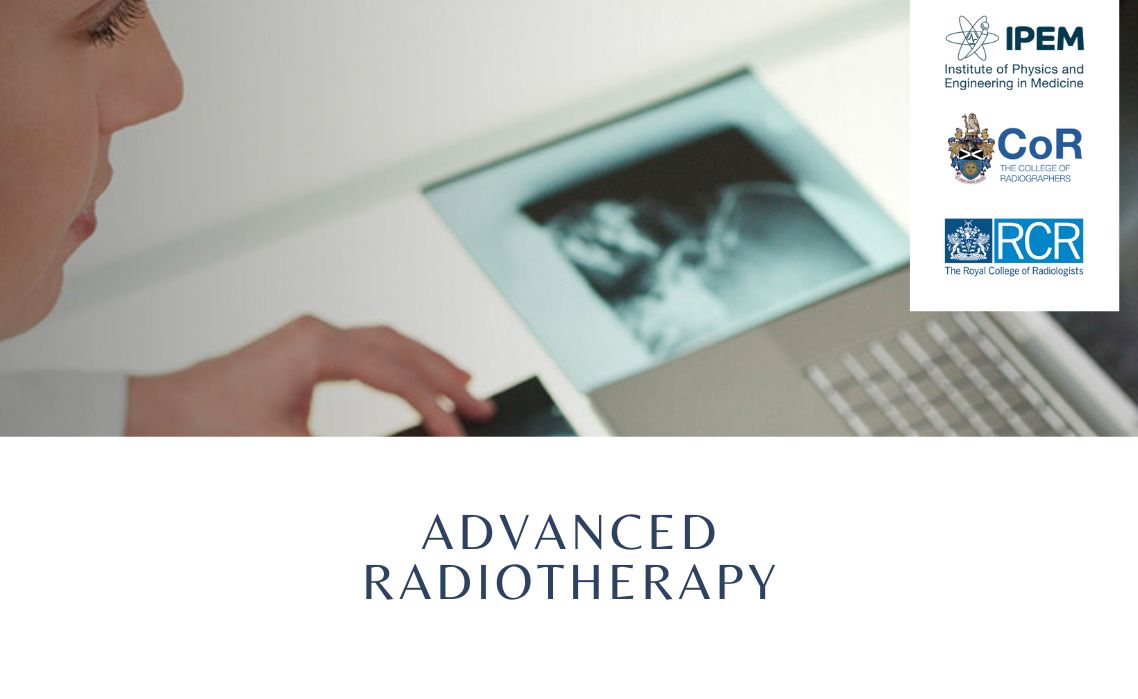
About Course
Advanced Radiotherapy
Radiotherap-e covers the knowledge and practical skills required to implement advanced radiotherapy techniques safely and efficiently. It is suitable for fully qualified practitioners, including clinical oncologists, physicists, radiographers and dosimetrists, around the world.
Training in the latest radiotherapy techniques
Accessible online, the programme is packed with interactive features, such as animations, video clips and self-assessment exercises, to reinforce learning on the complex principles involved. Step-by-step descriptions of practical procedures are given, alongside clinical examples. You can also compare techniques, equipment and protocols.
Practise your radiotherapy skills in a virtual environment
You can practise your skills using customised tools that simulate radiotherapy techniques, such as contouring, dose calculation and optimisation.
